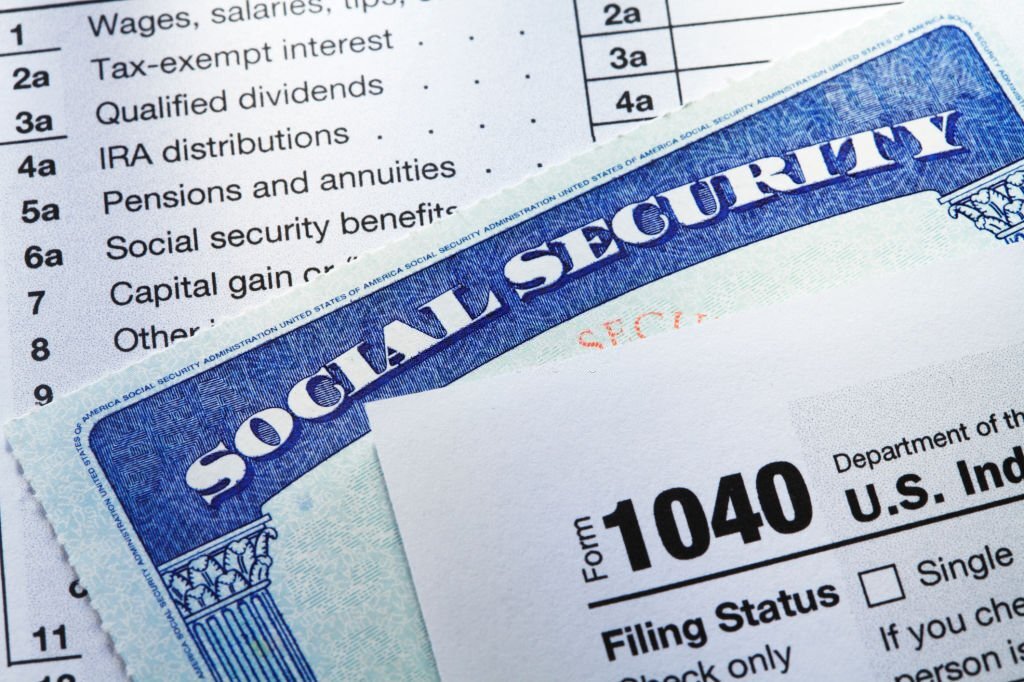By Teresa Ghilarducci, Bloomberg Opinion (TNS)
In the first few days of 2023, at least 500 U.S. workers will likely have already paid their Social Security taxes for the year.
That’s because in just a day they earn the maximum amount of income subject to Social Security tax, or $160,200. Those are just executives at public companies where salaries are disclosed, such as Apple Inc. CEO Tim Cook, who earned $98 million in 2021, and Intel Corp. CEO Patrick Gelsinger, who took home more than $177 million. (Their salaries for 2022 have yet to be disclosed, but it’s safe to assume that once again they will hit the tax cap immediately.) Scores more executives at private companies fall into the same category.
Here’s how the system works. To help pay for Social Security, a tax of 12.4% is split between employees and employers; a worker is subject to a 6.2% tax assessed on earnings up to a certain amount—$160,200 in 2023. Over the past four decades, Social Security’s taxable wage base has shrunk because workers are paid more in non-taxed benefits, such as health insurance. In addition, people earning high wages have received bigger raises than the bottom 95% of earners.
No surprise, Social Security will only be able to pay 76% of promised benefits by 2033 if nothing changes. The payroll tax would have to increase by 3.47 percentage points from the current 12.4% to be able to guarantee promised benefits for the next 75 years.
But raising the payroll tax rate on existing workers is near-impossible politically. An easier solution would be to eliminate the earnings cap while leaving benefits as is. The extra revenue would solve the financial gap for 35 years, according to a report by the Congressional Research Service.
About 180 million Americans contributed a total of $943 billion to Social Security in 2021. Ending the cap for the 5% of U.S. workers who earn more than $160,200 would increase revenue by more than $150 billion.
Representative John Larson, a Connecticut Democrat, has offered a comprehensive plan to save Social Security that would raise the earnings cap but still provide some relief to workers earning below $450,000.
For those concerned that making any changes to Social Security is too difficult, remember, it’s been done before. In 1994, a bipartisan group of lawmakers eliminated the income cap that used to exist for taxes paid by workers to fund Medicare.
Almost everyone agrees that Social Security is vital. Nearly two-thirds of beneficiaries age 65 and older receive 50% or more of their total income from monthly Social Security checks. For one-third of elderly beneficiaries, Social Security provides 90% or more of their income. Studies show the majority of Americans want more revenue for Social Security. The quickest way to get it might just be to ask at least those 500-some-odd well-compensated executives to pay more.
ABOUT THE AUTHOR
Teresa Ghilarducci is the Schwartz Professor of Economics at the New School for Social Research. She’s the co-author of “Rescuing Retirement” and a member of the board of directors of the Economic Policy Institute.
_____
©2023 Bloomberg L.P. Visit bloomberg.com/opinion. Distributed by Tribune Content Agency LLC.
Thanks for reading CPA Practice Advisor!
Subscribe Already registered? Log In
Need more information? Read the FAQs
Tags: Benefits, Payroll, Small Business, Taxes




